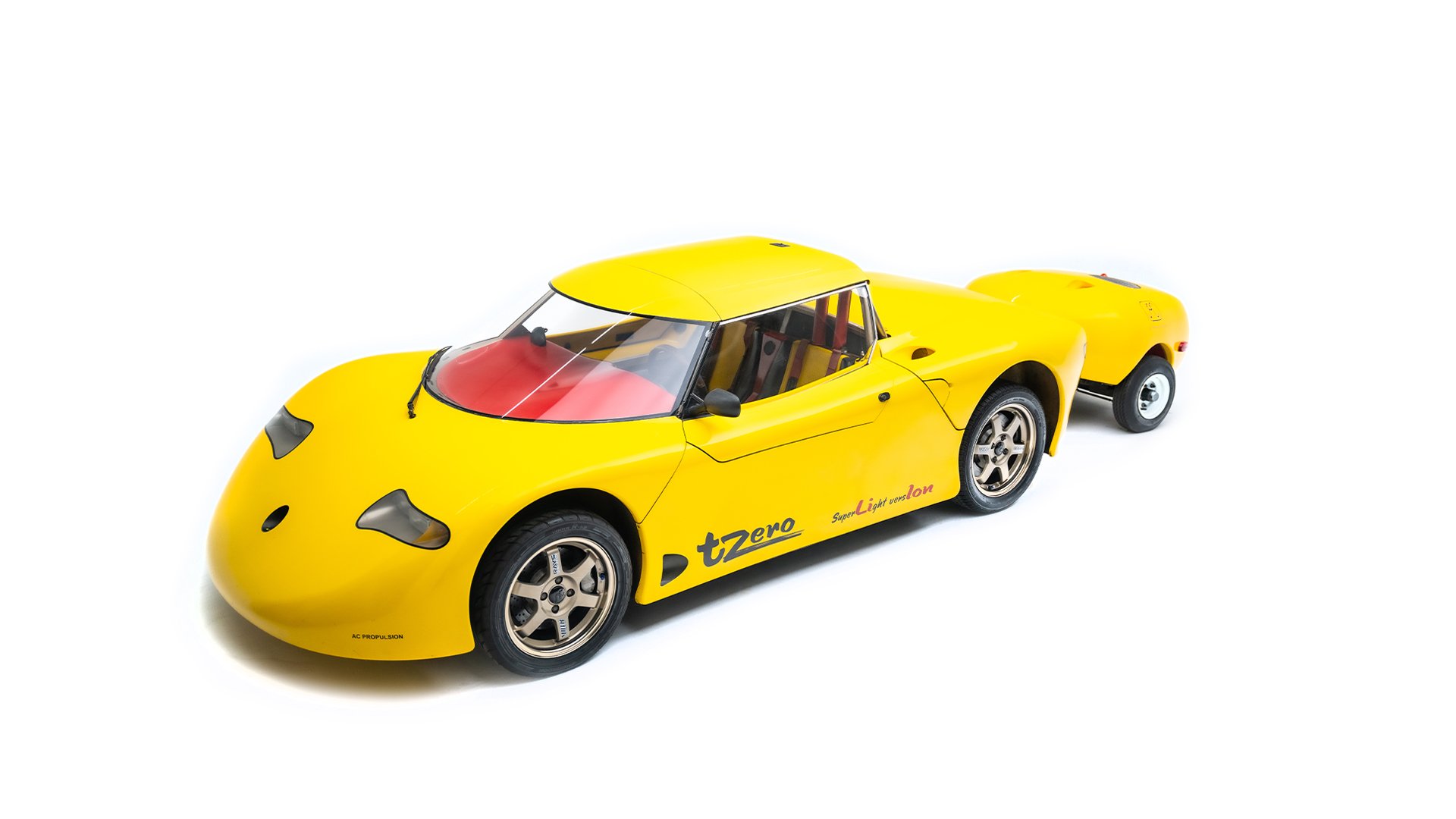The Electrification of BMW | It started with the 1972 Olympic Games...
Published on August 5, 2024
BMW’s Electrification: Road to the i3
Electricity has been used to power automobiles since the 1830s, when Scottish inventor Robert Anderson built a rudimentary electric carriage. At the turn of the 20th century, it was the most popular means of motor vehicle propulsion; it was clean, quiet, reliable, and especially well-liked by wealthy women who appreciated—and could afford—the autonomy that electric cars offered. However, electric vehicles were also heavy, expensive, limited in range, and required a great deal of time to recharge, and these drawbacks could not be easily addressed with then-available technologies.
Inexpensive oil and the wide adoption of the electric self-starter during the mid-1910s ultimately enabled petroleum-powered vehicles to dominate the market. Still, automakers continued experimenting with electric power over the next century, and with the limits of internal combustion engineering now becoming ever more apparent, new interest in electric power has prompted the automobile industry to reintroduce electric vehicles as part of their mainstream marketing mix. Today, the demand for EVs is so strong that manufacturers who do not offer them are more the exception than the rule.
Discover our New Exhibit: Alternating Currents
Join us for an impressive display of vehicles that drove the EV industry forward. From the 1896 Riker Electric Roadster to the 2009 Mini E, learn more about the history of EVs.
Alternating Currents: The Fall and Rise of Electric Vehicles.











